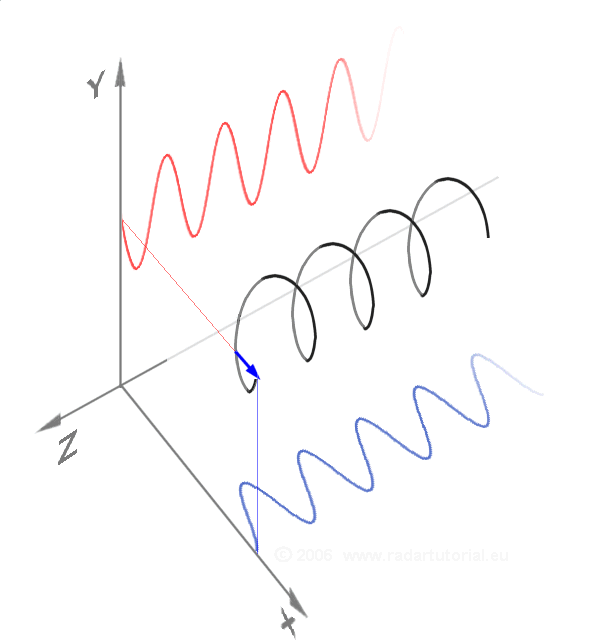
Raise your hand if you’re a Star Trek fan. Good, then you all remember that Star Fleet starships always perform a planetary surface scan when exploring a new system, searching for signs of life or toxins – or breathable air which negates the need for an ‘away team’ spacesuit budget in the costume department.
Now raise your hand if you knew that today’s smartphones were inspired by Star Trek communicators and tricorders. Good! Now raise your hand if you knew that humans are already building planetary surface scanners for use in space, just like the scanners on Star Trek. Anybody?… Anybody?… (Put your hand down, Bueller.) Buckle in and get ready for the jump to light speed (I’m franchise inclusive) because planetary surface scanners are on the way, and how they work is absolutely astounding! We’ll need a little background explanation and context for this to make sense, but don’t worry, we’ll keep it as simple as possible.
Light from the Sun is a wave that travels in a straight line, a.k.a. a linear wave. Well, technically it’s two waves travelling in a straight line but perpendicular to each other. When that light reaches the human eye it appears to be in a form we call unpolarized. If we put on a pair of polarizing sunglasses to reduce glare, one of those two waves will be blocked – doesn’t matter which one – while the unblocked wave of light passes through the sunglasses to our eyes and we see only polarized light. It doesn’t matter which wave is blocked because both components of the wave are polarized. For convenience sake, scientists describing the two perpendicular components of the wave designate one as horizontally polarized and the other as vertically polarized. This is linear polarized light. It will probably help to visualize this by watching the next 30 seconds of this video. Stop the video after 30 seconds. We’ll watch more in just a moment.
“Circular Polarization” (4:41)
Something special happens if one of the two perpendicular wave components of light is slowed down, or delayed, by 1/4 wavelength. The light no longer travels in a straight (linear) line. It travels in a spiral! Watch the next 45 seconds of video for a visualization.
“Circular Polarization” (4:41)

You may be wondering what might slow one component of the wave but not the other. This is where it gets really cool. Light reflected off of inanimate, abiotic (non-living) matter remains a linear wave. If you’re in a starship in orbit above a rocky planet completely devoid of life, the light from the local star reflected off the planet up to your position is unchanged. It remains a linear wave. If instead the planet below is covered with biological life, light reflected off of living biological matter up to your position in orbit will be seen as a circularly polarized wave. Great Scott! How is this possible?
Living things are made up of biomolecules such as amino acids and sugars. These molecular structures have a property called chirality, or handedness. Just like your hands, every molecular structure has a mirror image of itself. The curious thing is, every molecular structure will only work in one of its two forms. For example, almost all amino acids are left-handed, while almost all sugars are right-handed. This phenomenon is called homochirality. And here’s the kicker: sugars cause light to twist to the right, and amino acids cause light to twist to the left. This is called circular polarization homochirality, and we already have the technology to detect it.
Scientists in Europe built an instrument to detect circular polarization homochirality, mounted it to a helicopter, and flew it at a speed of 70 km/h (43.5 mph) and at an altitude of 2 km (1.2 miles) above Switzerland. Their scanner not only was able to differentiate between living and non-living things, it was also able to tell the difference between various types of vegetation such as grass, trees, and submerged algae.
Next, the team of physicists want to place one of their scanner instruments on the International Space Station (ISS). What they learn will help them improve and refine their equipment. Instruments could also be built for use on space-based telescopes searching for life on exoplanets, because spirals of light mean life is present out there.
It won’t be long before everyone will want a planetary surface scanner for their own starship, so get your orders placed soon.
Question Of The Night: Are you right or left handed, and does it matter?
